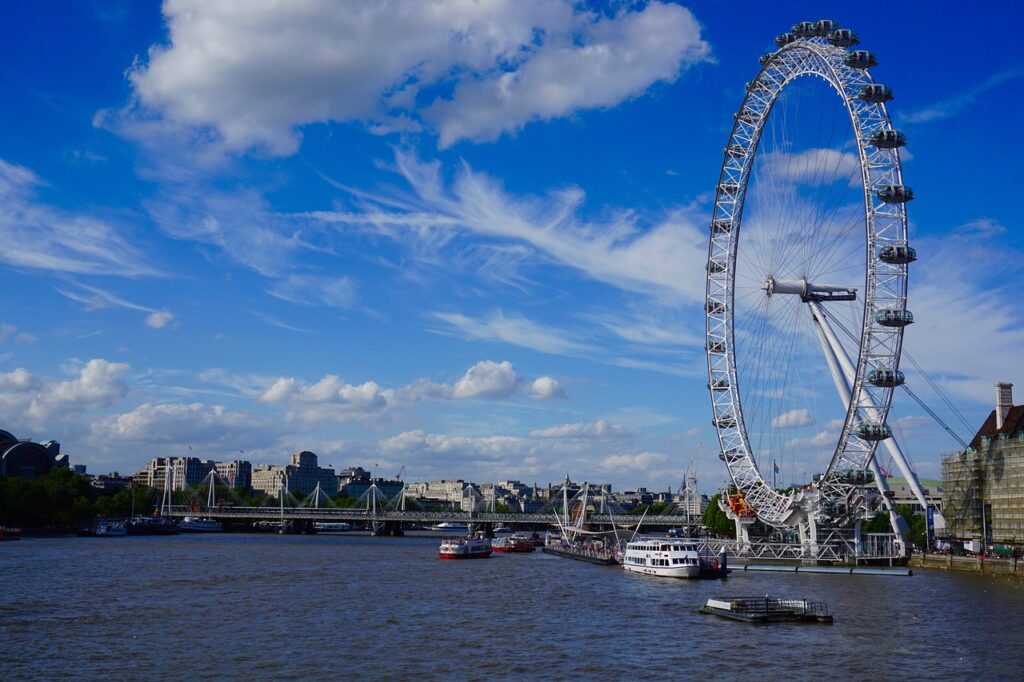Journey Through Time: Stonehenge and Windsor Castle Tour
Ahoy, fellow time-traveler! 🎩 If you’re anything like me, you’ve got a penchant for the past, a hankering for history, and a soft spot for stories. So, buckle up, because I’m about to whisk you away on a journey to two of England’s most iconic landmarks: Stonehenge and Windsor Castle. And trust me, it’s going […]
Journey Through Time: Stonehenge and Windsor Castle Tour Read More »





